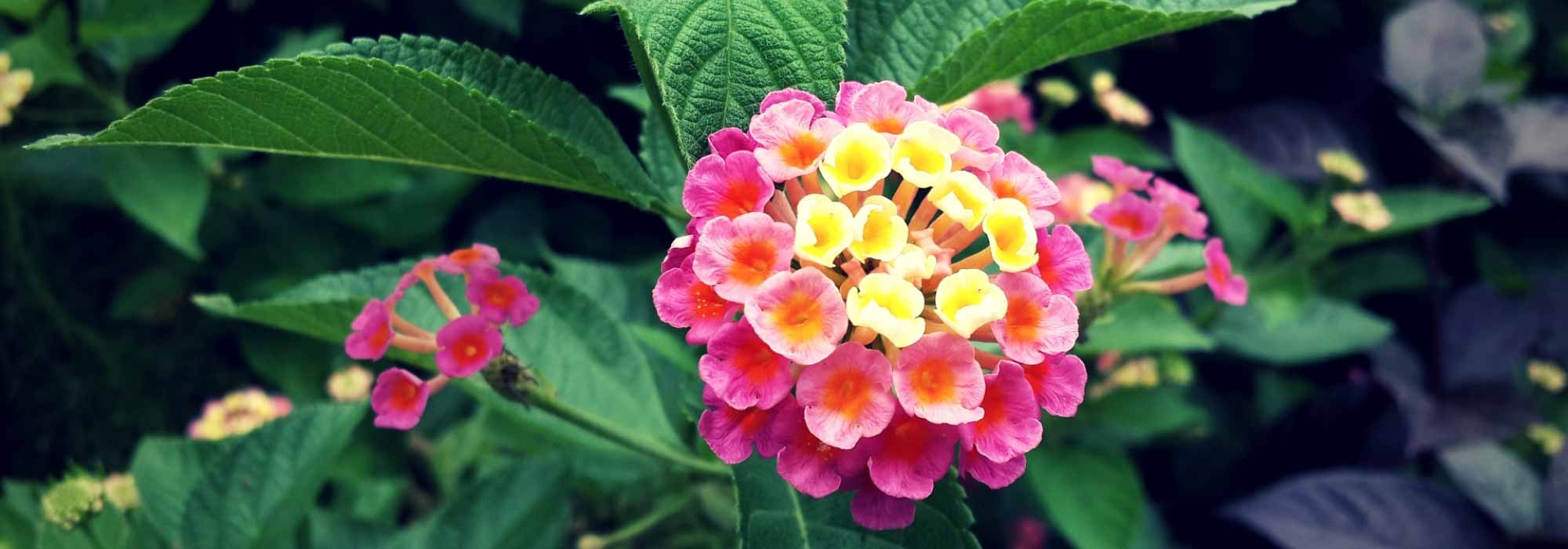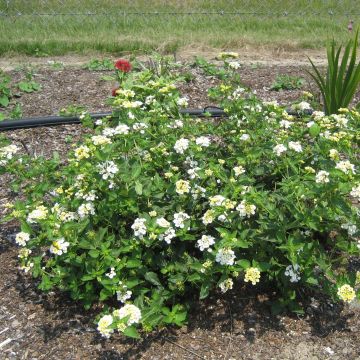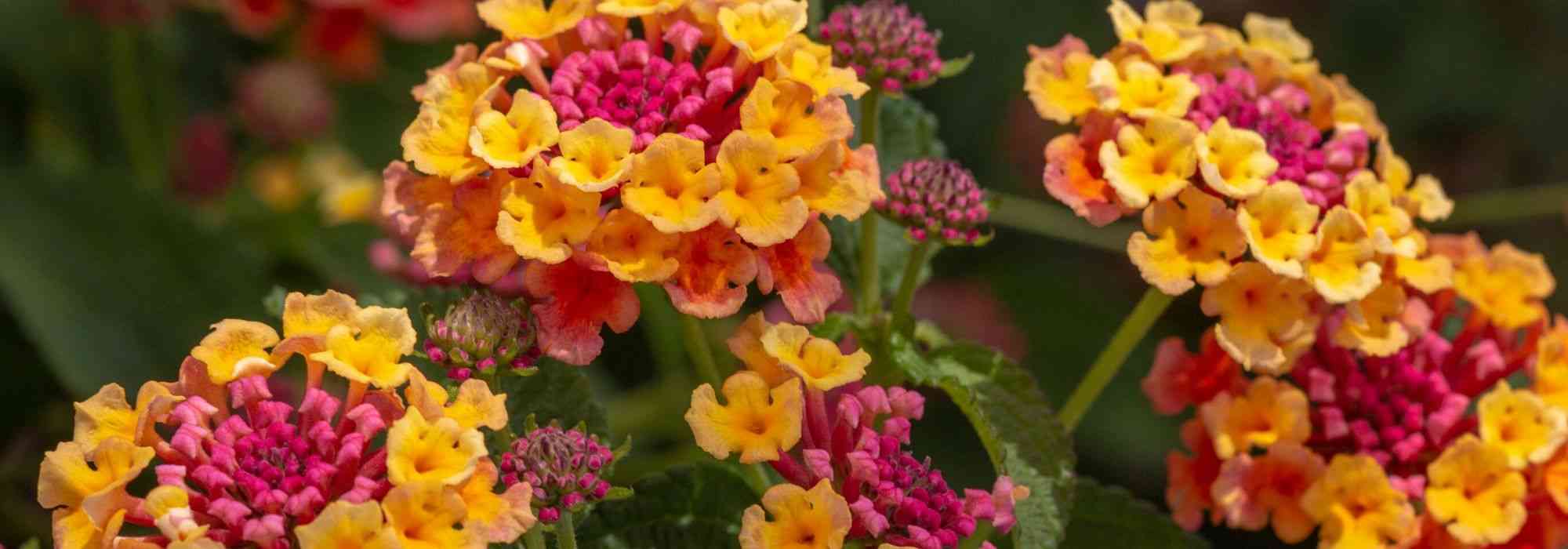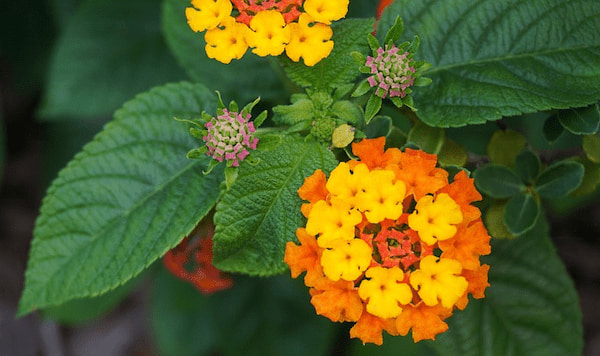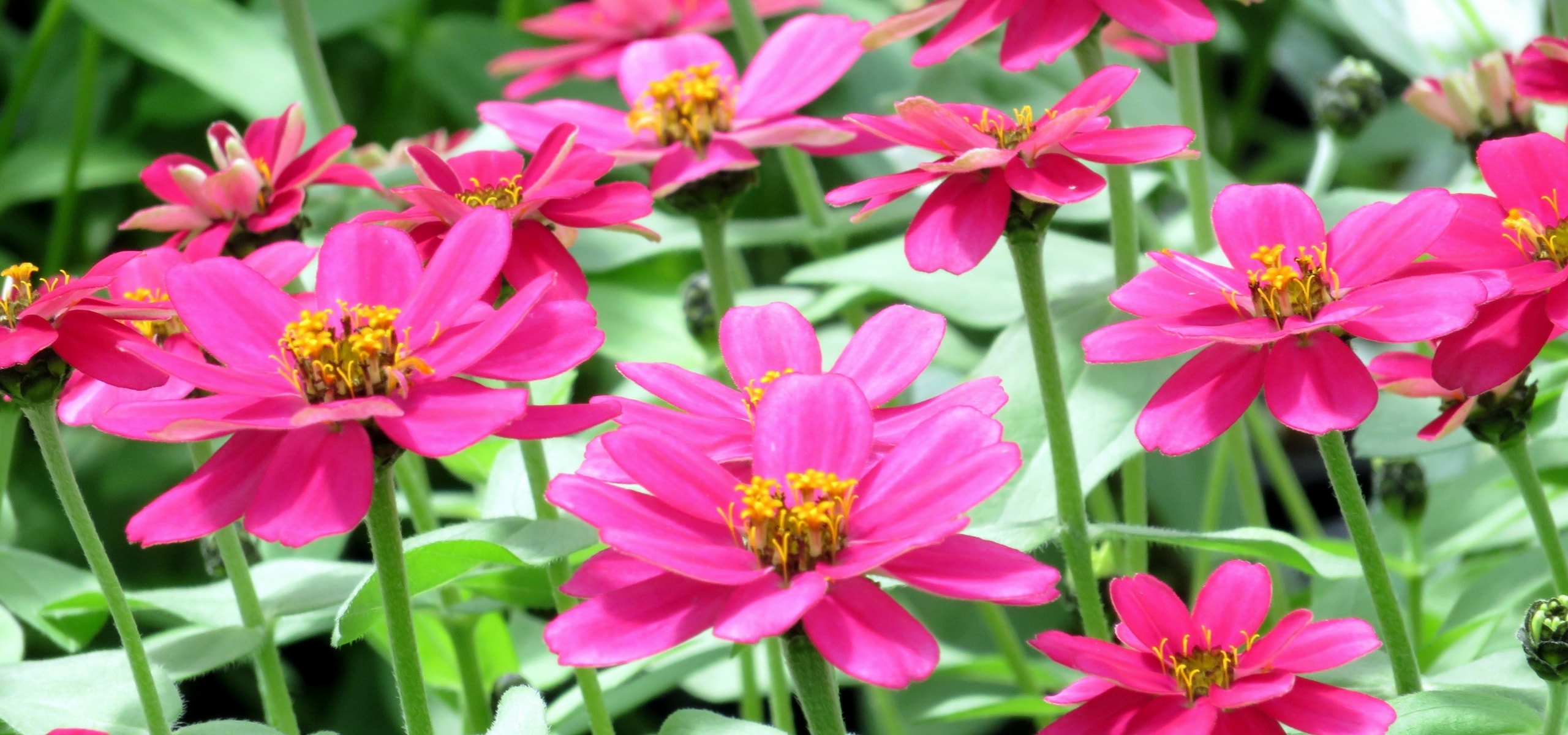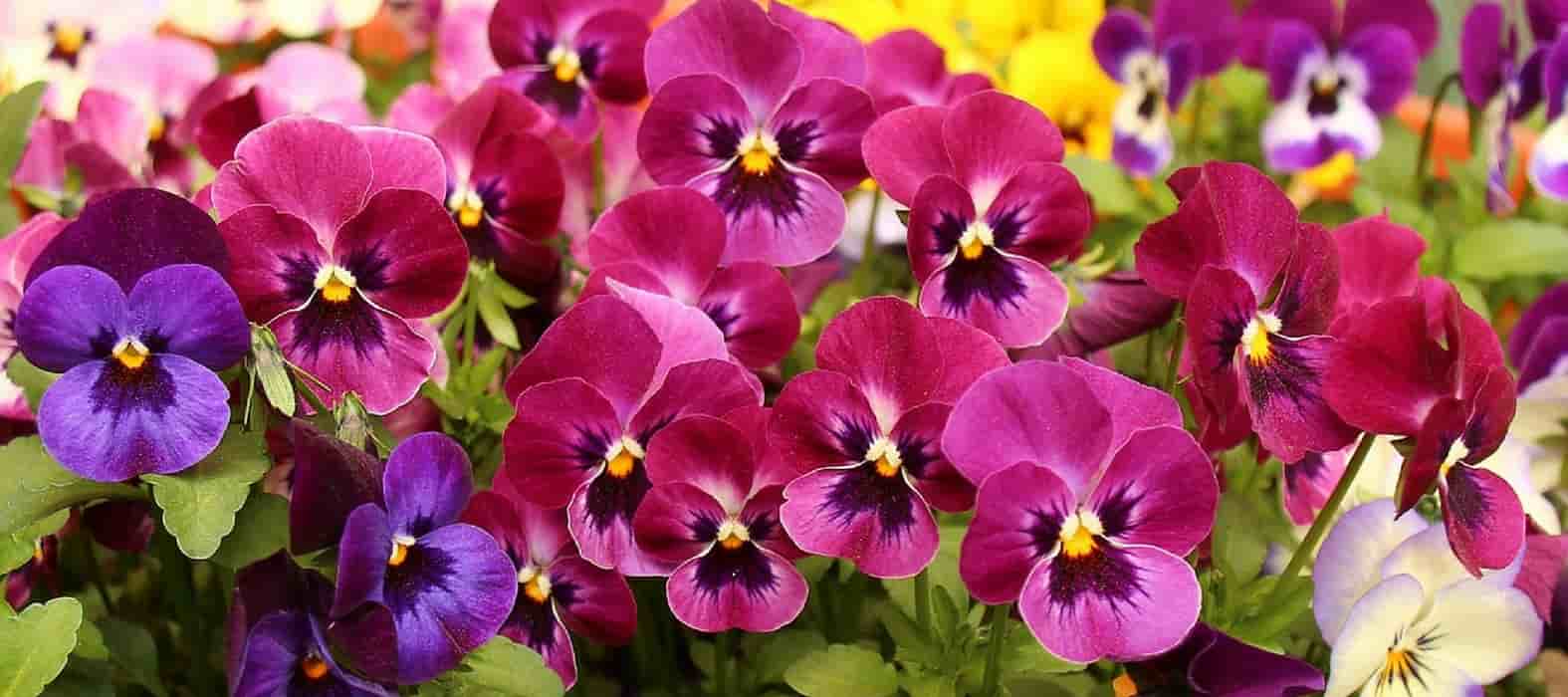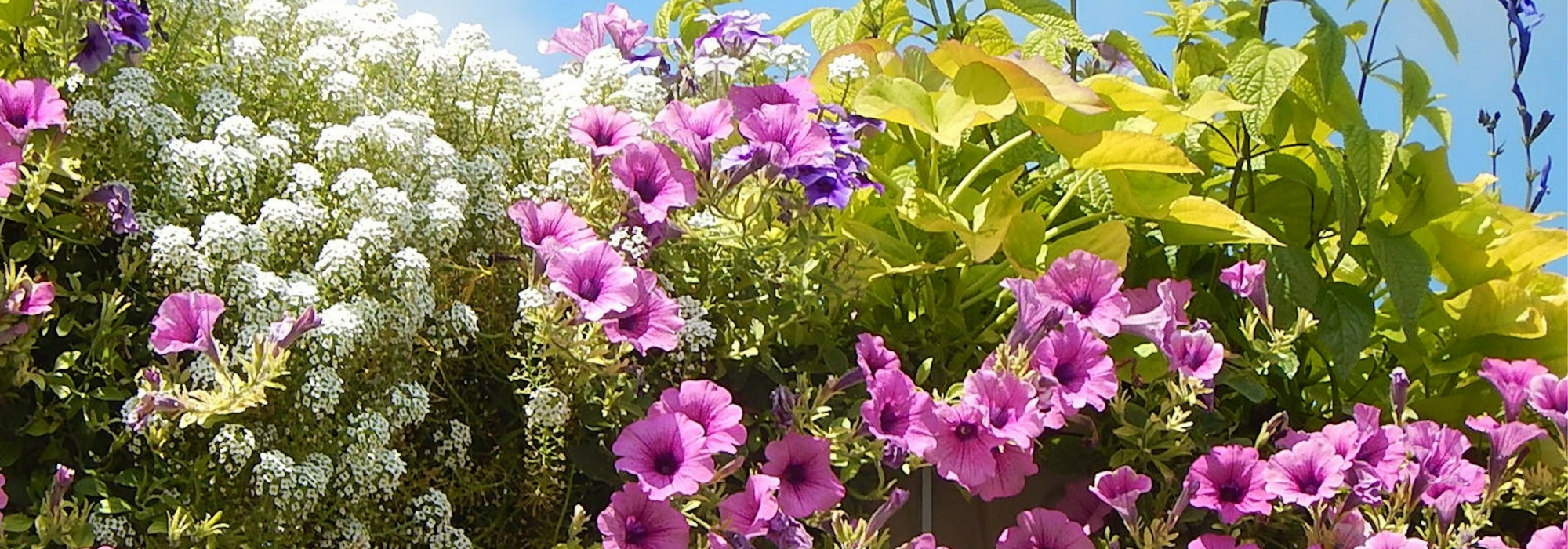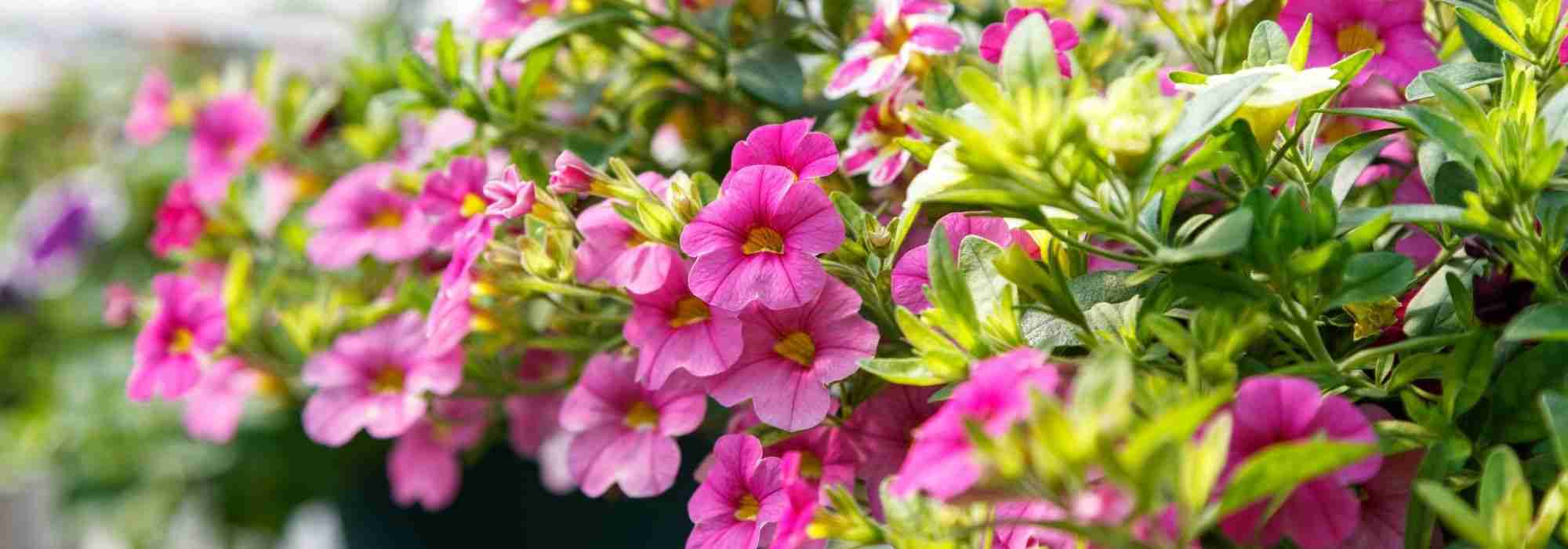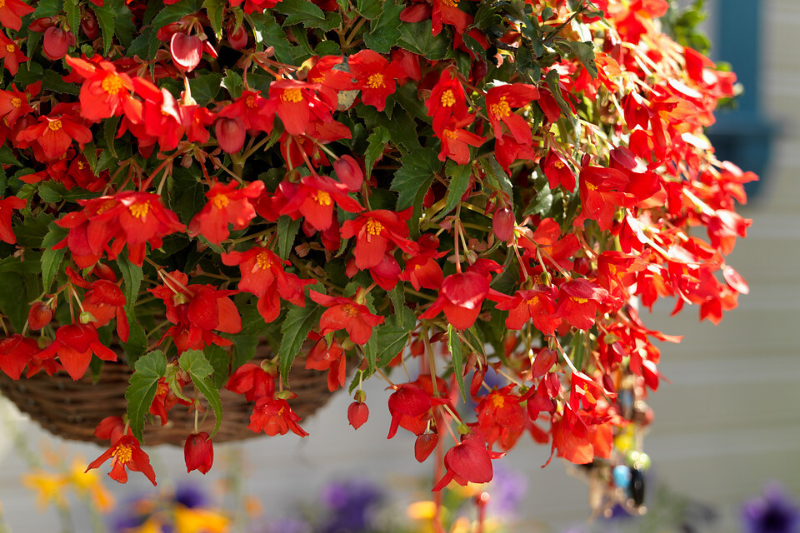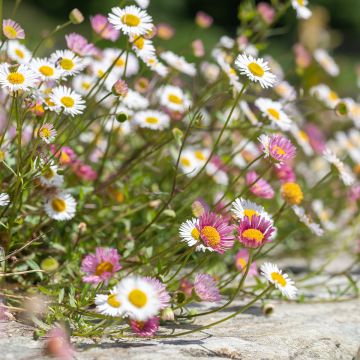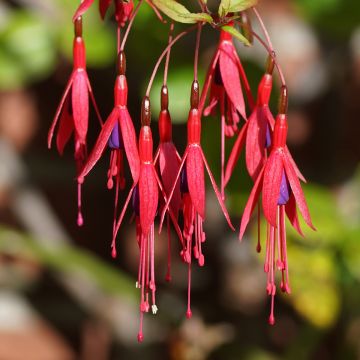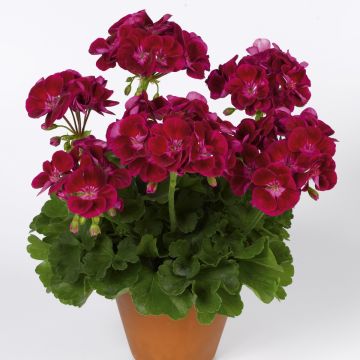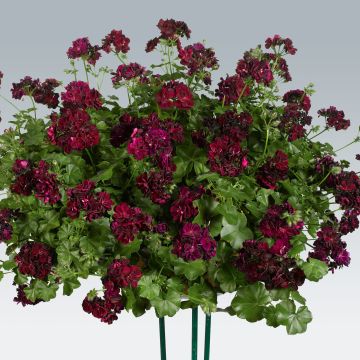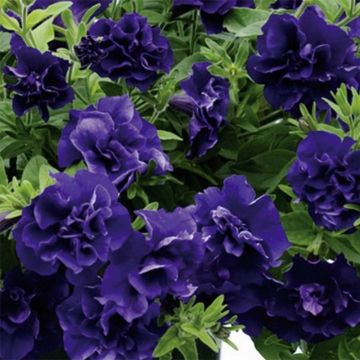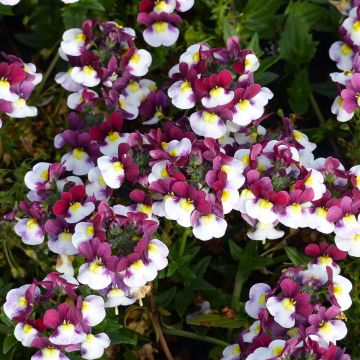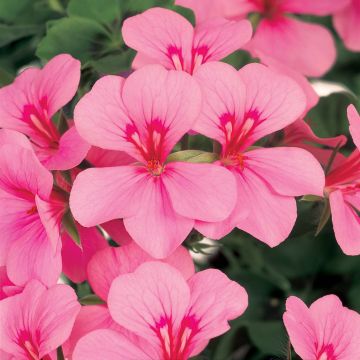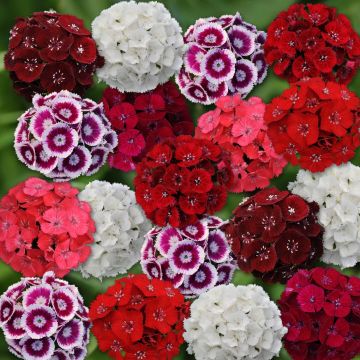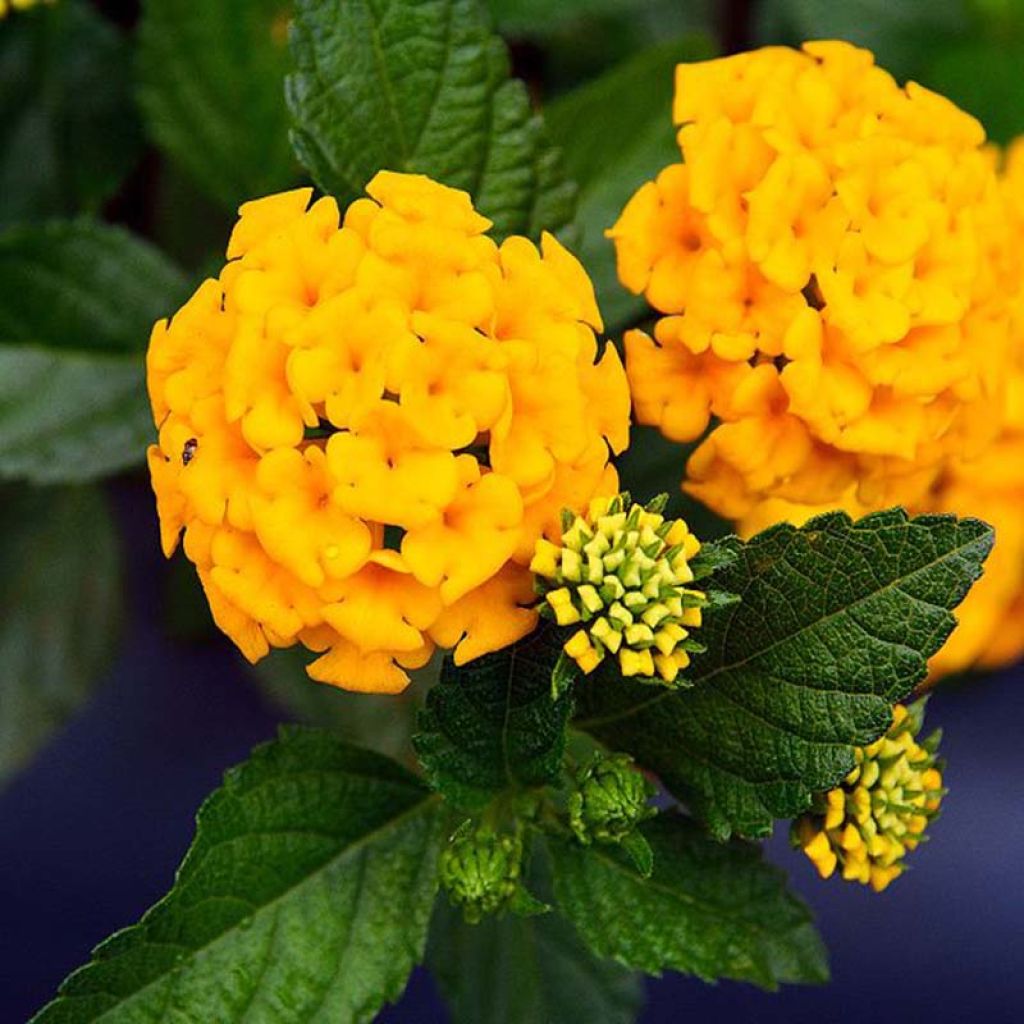

Lantana Chapel Hill Yellow
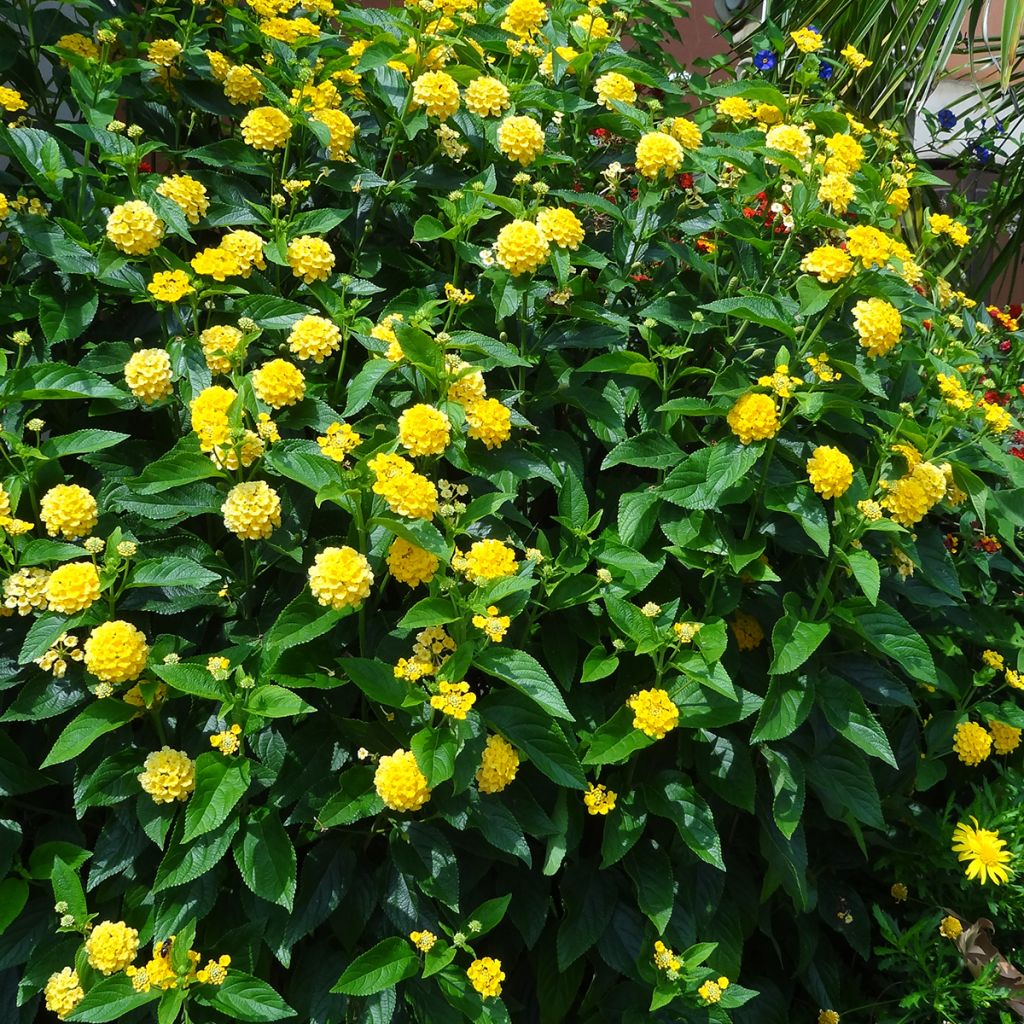

Lantana Chapel Hill Yellow
Lantana camara Chapel Hill Yellow
Lantana camara Chapel Hill Yellow
Common Lantana, Spanish Flag, West Indian Lantana
Very well-packaged young plant, fresh as soon as it arrived, planted right away. We really love lantanas. I had been looking for this variety for a long time, as well as the blue one... We'll give you an update when it flowers! Thank you for the excellent packaging!
CHRISTINE, 23/03/2025
Special offer!
Receive a €20 voucher for any order over €90 (excluding delivery costs, credit notes, and plastic-free options)!
1- Add your favorite plants to your cart.
2- Once you have reached €90, confirm your order (you can even choose the delivery date!).
3- As soon as your order is shipped, you will receive an email containing your voucher code, valid for 3 months (90 days).
Your voucher is unique and can only be used once, for any order with a minimum value of €20, excluding delivery costs.
Can be combined with other current offers, non-divisible and non-refundable.
Home or relay delivery (depending on size and destination)
Schedule delivery date,
and select date in basket
This plant carries a 24 months recovery warranty
More information
We guarantee the quality of our plants for a full growing cycle, and will replace at our expense any plant that fails to recover under normal climatic and planting conditions.

Does this plant fit my garden?
Set up your Plantfit profile →
Description
The Lantana 'Chapel Hill Yellow' is an American variety selected for its hardiness, floribundus habit, and its compact and spread habit. This surprisingly hardy shrub offers a very long, tender yellow continuous summer flowering from July until October if the weather remains mild. The flowers bloom on a thick, deeply veined foliage, of a very bright dark green, which will persist all winter in a favourable climate. The Lantana of the Sunshine series like 'Chapel Hill Yellow', 'Chapel Hill Gold' and 'Sunny Side Up', unlike the usual varieties, are not only reserved for our mildest climates. They can be grown in open ground in many temperate regions, with winter protection. Elsewhere, they make excellent terrace or balcony plants to be stored in winter.
Lantana camara Chapel Hill Yellow in pictures
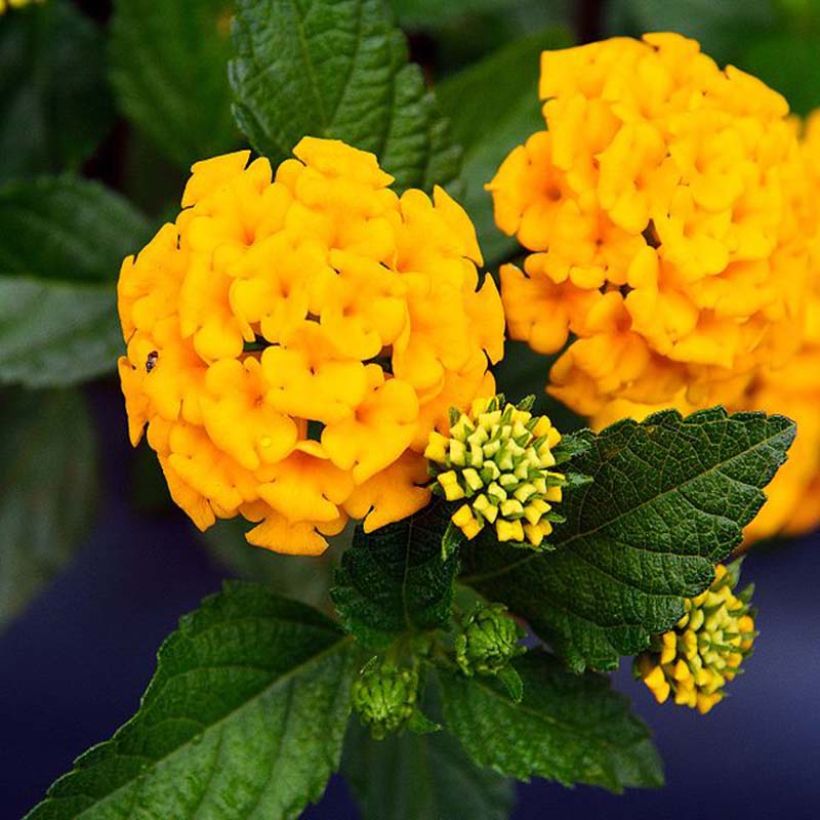

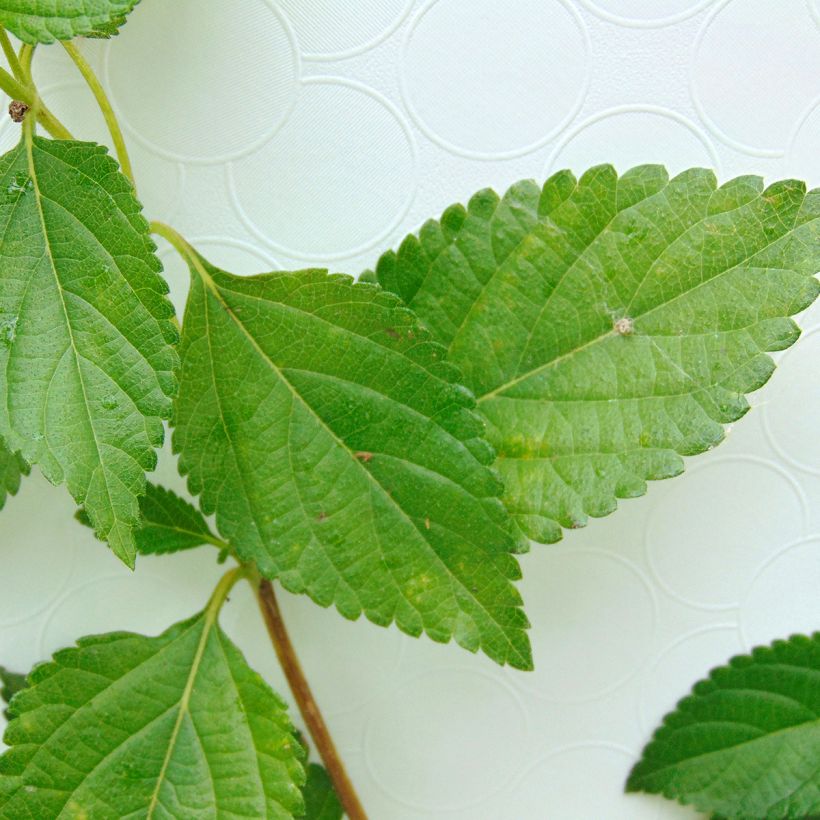



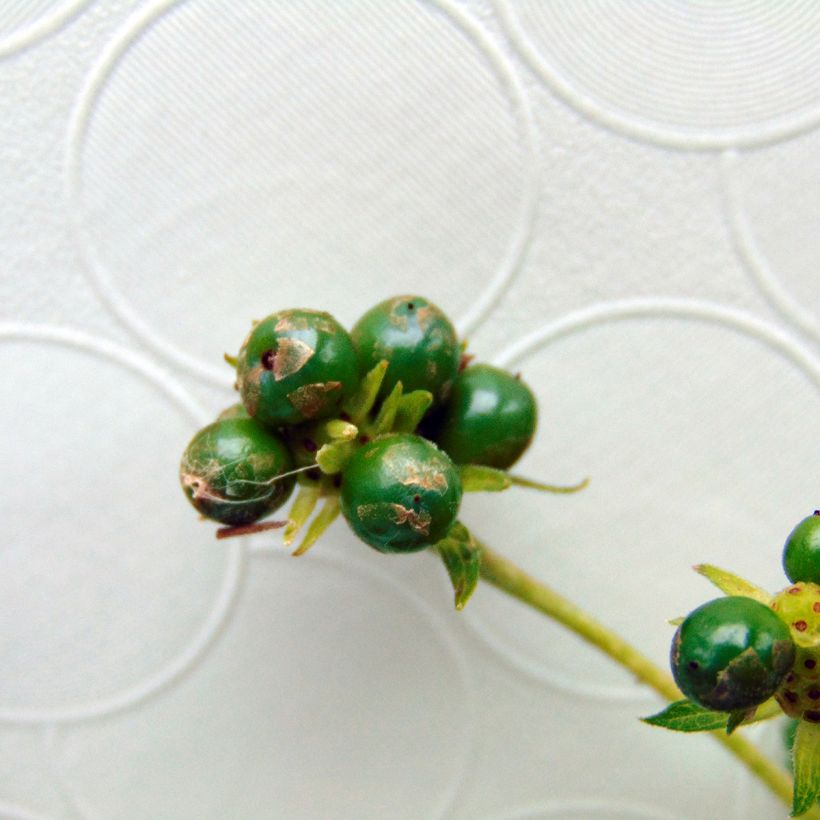

Plant habit
Flowering
Foliage
Botanical data
Lantana
camara
Chapel Hill Yellow
Verbenaceae
Common Lantana, Spanish Flag, West Indian Lantana
Cultivar or hybrid
Other Lantana
View all →Planting and care
Position the 'Chapel Hill Yellow' lantana in a sunny situation all year round. While it can withstand heat and relative dryness in the summer, it needs coolness in winter. However, it is frost-sensitive in cold regions, where it will need to be stored away during the winter period; a bright cold greenhouse or an unheated veranda will be perfectly suitable. In March, proceed to spring pruning to reshape it and make it denser. In cold regions, as soon as the temperatures warm up, gradually take the plant outside to help it acclimatise to the coolness and full sun. In open ground, place it in very well-drained soil, fertile enough to support its flowering. If necessary, lighten your soil by incorporating coarse sand and light compost. Lantana camara tolerates the presence of limestone in the soil, without excess however.
Often formed on a stem, lantana camara is an ideal ornamental plant for terraces and balconies. During the summer, remove the faded flowers as they appear. In October, bring it in or uproot it if you are growing it as a greenhouse plant.
Lantana is known for its resistance to summer drought; however, growing it in a pot requires regular watering to support flowering, and which is more frequent in hot season than in cold season.
Propagate by stem cuttings, after flowering.
Planting period
Intended location
Care
Planting & care advice
-
, onOrder confirmed
Reply from on Promesse de fleurs
Similar products
Haven't found what you were looking for?
Hardiness is the lowest winter temperature a plant can endure without suffering serious damage or even dying. However, hardiness is affected by location (a sheltered area, such as a patio), protection (winter cover) and soil type (hardiness is improved by well-drained soil).

Photo Sharing Terms & Conditions
In order to encourage gardeners to interact and share their experiences, Promesse de fleurs offers various media enabling content to be uploaded onto its Site - in particular via the ‘Photo sharing’ module.
The User agrees to refrain from:
- Posting any content that is illegal, prejudicial, insulting, racist, inciteful to hatred, revisionist, contrary to public decency, that infringes on privacy or on the privacy rights of third parties, in particular the publicity rights of persons and goods, intellectual property rights, or the right to privacy.
- Submitting content on behalf of a third party;
- Impersonate the identity of a third party and/or publish any personal information about a third party;
In general, the User undertakes to refrain from any unethical behaviour.
All Content (in particular text, comments, files, images, photos, videos, creative works, etc.), which may be subject to property or intellectual property rights, image or other private rights, shall remain the property of the User, subject to the limited rights granted by the terms of the licence granted by Promesse de fleurs as stated below. Users are at liberty to publish or not to publish such Content on the Site, notably via the ‘Photo Sharing’ facility, and accept that this Content shall be made public and freely accessible, notably on the Internet.
Users further acknowledge, undertake to have ,and guarantee that they hold all necessary rights and permissions to publish such material on the Site, in particular with regard to the legislation in force pertaining to any privacy, property, intellectual property, image, or contractual rights, or rights of any other nature. By publishing such Content on the Site, Users acknowledge accepting full liability as publishers of the Content within the meaning of the law, and grant Promesse de fleurs, free of charge, an inclusive, worldwide licence for the said Content for the entire duration of its publication, including all reproduction, representation, up/downloading, displaying, performing, transmission, and storage rights.
Users also grant permission for their name to be linked to the Content and accept that this link may not always be made available.
By engaging in posting material, Users consent to their Content becoming automatically accessible on the Internet, in particular on other sites and/or blogs and/or web pages of the Promesse de fleurs site, including in particular social pages and the Promesse de fleurs catalogue.
Users may secure the removal of entrusted content free of charge by issuing a simple request via our contact form.
The flowering period indicated on our website applies to countries and regions located in USDA zone 8 (France, the United Kingdom, Ireland, the Netherlands, etc.)
It will vary according to where you live:
- In zones 9 to 10 (Italy, Spain, Greece, etc.), flowering will occur about 2 to 4 weeks earlier.
- In zones 6 to 7 (Germany, Poland, Slovenia, and lower mountainous regions), flowering will be delayed by 2 to 3 weeks.
- In zone 5 (Central Europe, Scandinavia), blooming will be delayed by 3 to 5 weeks.
In temperate climates, pruning of spring-flowering shrubs (forsythia, spireas, etc.) should be done just after flowering.
Pruning of summer-flowering shrubs (Indian Lilac, Perovskia, etc.) can be done in winter or spring.
In cold regions as well as with frost-sensitive plants, avoid pruning too early when severe frosts may still occur.
The planting period indicated on our website applies to countries and regions located in USDA zone 8 (France, United Kingdom, Ireland, Netherlands).
It will vary according to where you live:
- In Mediterranean zones (Marseille, Madrid, Milan, etc.), autumn and winter are the best planting periods.
- In continental zones (Strasbourg, Munich, Vienna, etc.), delay planting by 2 to 3 weeks in spring and bring it forward by 2 to 4 weeks in autumn.
- In mountainous regions (the Alps, Pyrenees, Carpathians, etc.), it is best to plant in late spring (May-June) or late summer (August-September).
The harvesting period indicated on our website applies to countries and regions in USDA zone 8 (France, England, Ireland, the Netherlands).
In colder areas (Scandinavia, Poland, Austria...) fruit and vegetable harvests are likely to be delayed by 3-4 weeks.
In warmer areas (Italy, Spain, Greece, etc.), harvesting will probably take place earlier, depending on weather conditions.
The sowing periods indicated on our website apply to countries and regions within USDA Zone 8 (France, UK, Ireland, Netherlands).
In colder areas (Scandinavia, Poland, Austria...), delay any outdoor sowing by 3-4 weeks, or sow under glass.
In warmer climes (Italy, Spain, Greece, etc.), bring outdoor sowing forward by a few weeks.






























